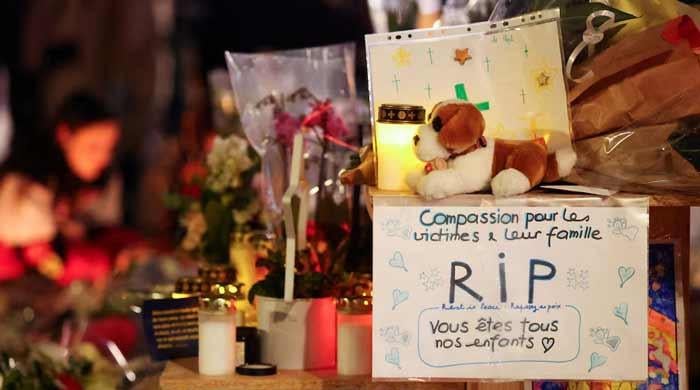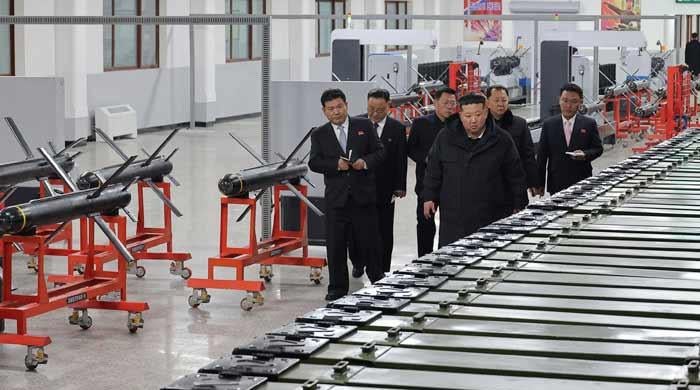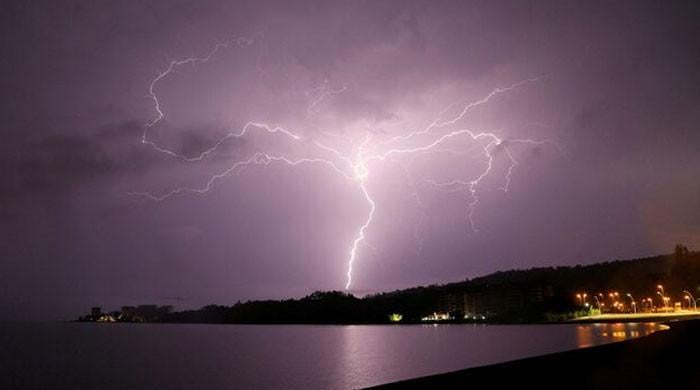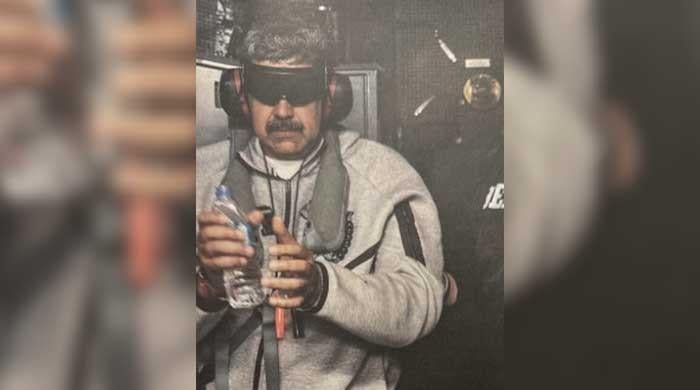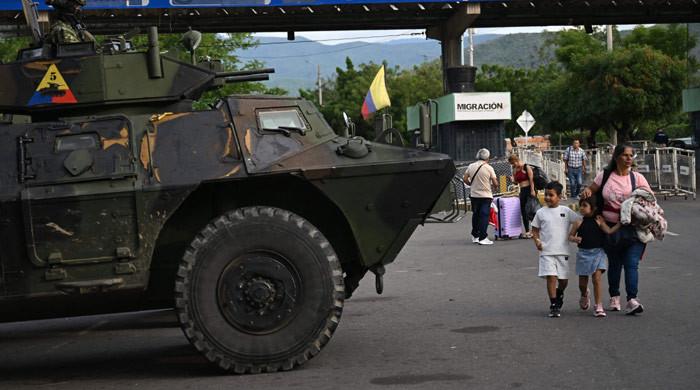Attack on Pearl Harbor: 10 untold stories finally told on 82nd anniversary
Attack on Pearl Habor, which killed 2,400 in a mere 75 minutes, is commemorated annually with reverence for the fallen
December 07, 2023
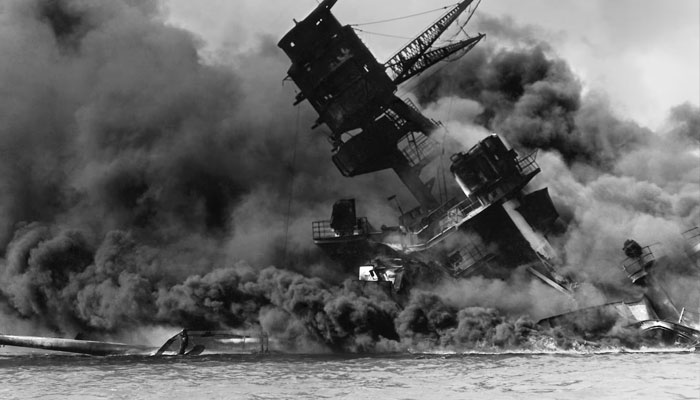
As the world marks the 82nd anniversary of the devastating attack on Pearl Harbor, a solemn bell tolls at 7:55 am, the exact moment when Japanese forces shattered the tranquillity of a Sunday morning in paradise, thrusting the United States into a four-year world war.
The assault, which claimed 2,400 lives in a mere 75 minutes, is commemorated annually with reverence for the fallen.
In delving into the historical tapestry of Pearl Harbor, some lesser-known aspects emerge, shedding light on the pivotal event:
1. Japanese Admiral Isoroku Yamamoto drew inspiration for the attack from Hector Bywater's novel "The Great Pacific War" and the successful British attack on the Italian fleet at Taranto, Italy, in 1940.
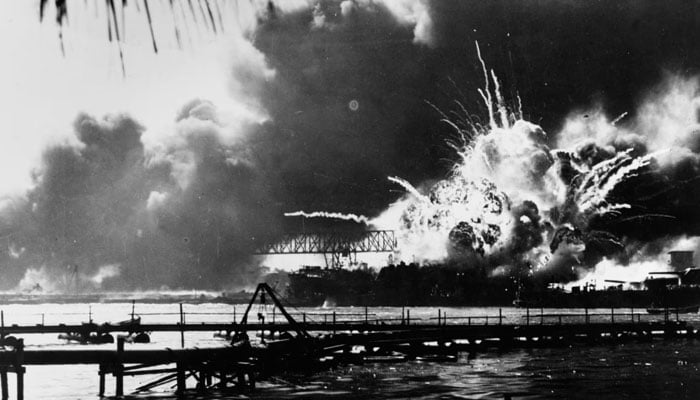
2. The USS Arizona, a symbol of the tragedy, housed 37 pairs or trios of brothers, and 23 sets lost their lives in the attack, along with a father and son duo.
3. Hit four times before sinking, the USS Arizona's band, US Navy Band Unit (NBU) 22, lost all 21 members who were on deck ready to play for the daily flag-raising ceremony.
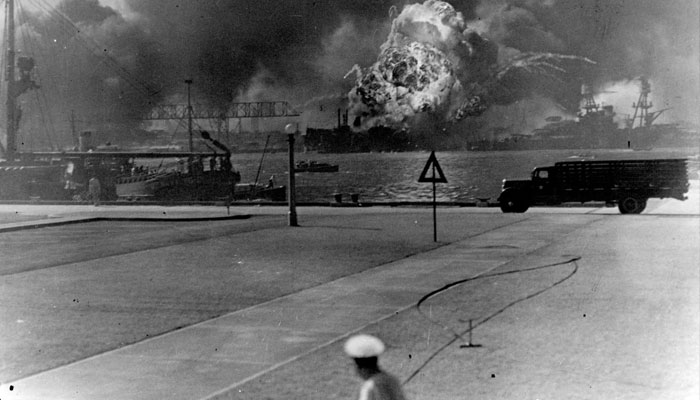
4. Of the 102 ships at Pearl Harbor during the attack, eight were battleships, and seven were sunk, including the USS Arizona, USS Oklahoma, and USS Utah.
5. The USS Utah's hull contains the ashes of a 2-year-old girl, brought aboard by a sailor who never had the chance to bury his daughter at sea.
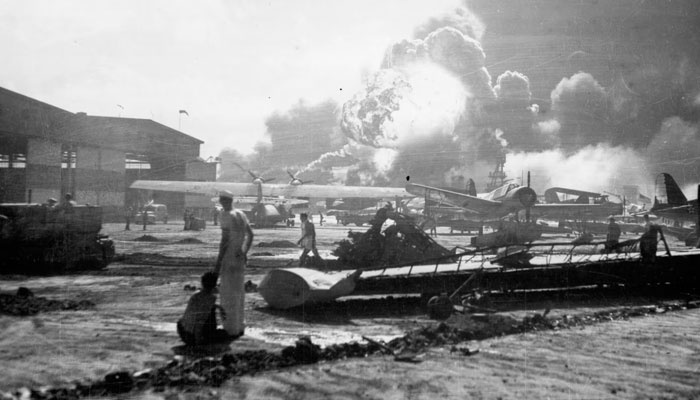
6. Radar station inexperience at Opana Point misidentified the incoming planes from the Japanese fleet as American, contributing to the surprise attack.
7. Despite exclusive rights to establish a naval base since 1887, the US formalised Naval Station Pearl Harbor in 1940 to deter Japanese expansionism.
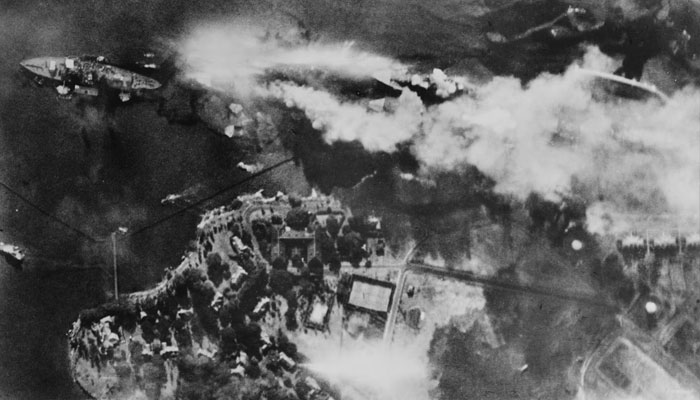
8. Elvis Presley played a significant role in funding the Pearl Harbor memorial, raising nearly $65,000 through a benefit concert in 1961.
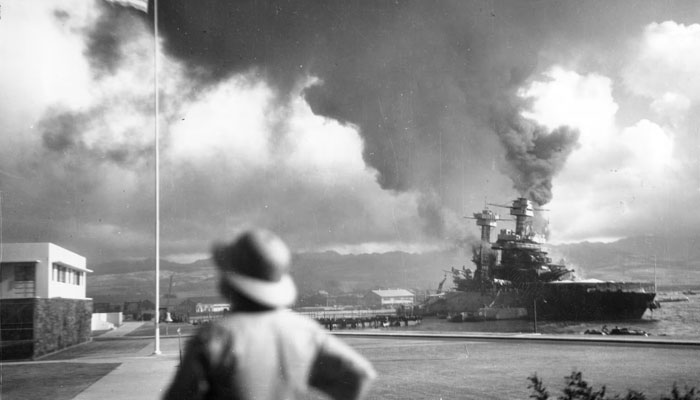
9. Contrary to demoralising the US, the attack on Pearl Harbor rallied support for America's entry into World War II.
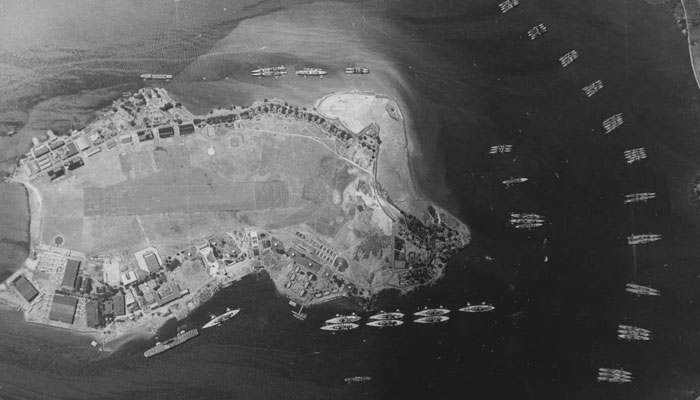
10. Even 82 years later, the USS Arizona leaks oil, described by survivors as the "black tears of Arizona," with an estimated 14,000 to 64,000 gallons leaked since the attack. The National Park Service anticipates the leakage to persist for 500 years.





